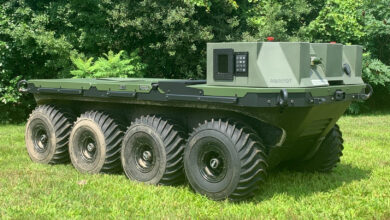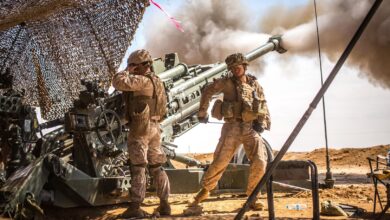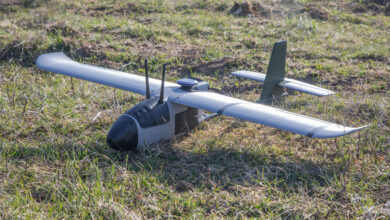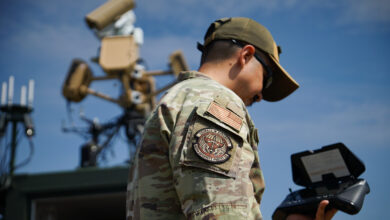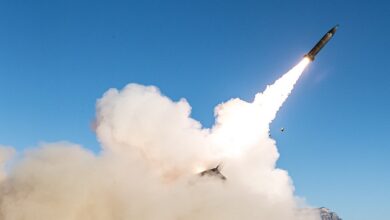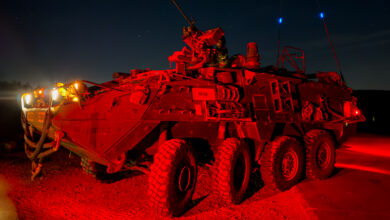US Army Airborne Tests New, Faster Infantry Vehicle
US Army Airborne soldiers have tested the newly acquired Infantry Squad Vehicle (ISV) at Fort Bragg, North Carolina, the service reported.
Soldiers from the 82nd and 101st Airborne Divisions drove the General Motors Defense vehicle in the pilot test, followed by the initial operational test.
Based on the Chevrolet Colorado ZR2 platform, the vehicle provides quicker mobility to infantry soldiers who generally traverse challenging terrain on foot. The vehicle can carry nine soldiers and squad provisions, allowing longer battle deployments.

Makes Infantry More Lethal
Capt. Brian Connell, Company Commander of Company C, 1-504th PIR (Parachute Infantry Regiment), described how the vehicle adds to an infantry unit’s lethality: “The ISV enabled us to close on the objective and rapidly maneuver to the objective.”
“As a light infantry company, we are able to internally move our own class IV. Without the ISV we’d be out there cutting down trees to try to disrupt the enemy or doing what we could with our shovels.”

Features
Sgt. Garrison Reigle of C Company remarked, “The cargo straps are fantastic and there is enough room for rucks but there could be an improvement made to carry more food, water, and fuel.”
“Additional racks would be great,” he suggested.
The 5,000-pound (2,268 kg) vehicle is light enough to be sling-loaded from a UH-60 Blackhawk helicopter and can fit inside a CH-47 Chinook helicopter for air assault and airborne assault missions, its manufacturer stated.
The ISV is powered by a General Motors Duramax 2.8L turbo-diesel I4 (LWN) engine generating 200 horsepower at 3,400 rpm and carries a maximum payload of 3,197 pounds (1,450 kg).
In August 2019, the US Army awarded a $1 million contract to General Motors’ military division to develop the new ISV for “prototype testing and evaluation.” After testing the prototypes, the army awarded the manufacturer a $214.3 million contract in June 2020 to provide 2,065 vehicles. The first vehicle was delivered in October 2020.



